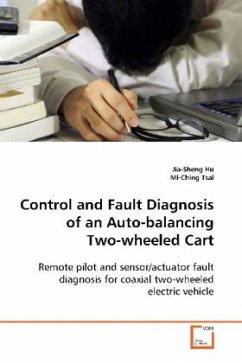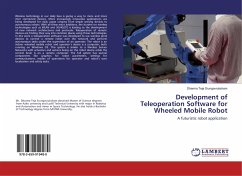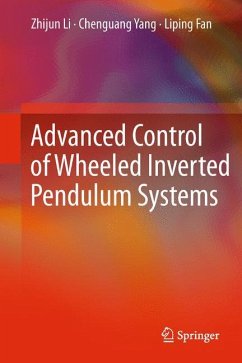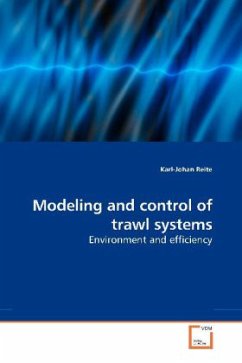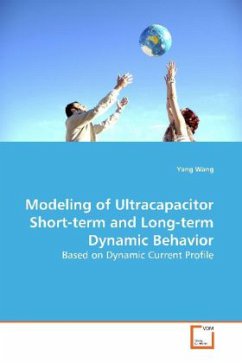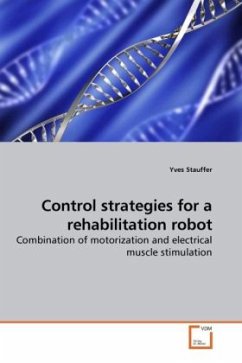
Dynamic Modeling and Control of Nonholonomic Wheeled Mobile Robot
when subjected to wheel slip
Versandkostenfrei!
Versandfertig in 6-10 Tagen
32,99 €
inkl. MwSt.

PAYBACK Punkte
16 °P sammeln!
Improving navigation performance of autonomouswheeled mobile robot (WMR) in a dynamic, unstructuredenvironment requires improved maneuverability. Insuch cases, the dynamics of wheel slip may violatethe ideal no-slip constraint generally used to modelnonholomic WMR. In this book, a new model ispresented to tackle the modeling inadequacy thatarises when slip is neglected by including bothlongitudinal and lateral slip dynamics into theoverall dynamics of the WMR. The presented modelprovides a realistic simulation scenario that can beutilized to develop model-based controller to improveWMR navigat...
Improving navigation performance of autonomous
wheeled mobile robot (WMR) in a dynamic, unstructured
environment requires improved maneuverability. In
such cases, the dynamics of wheel slip may violate
the ideal no-slip constraint generally used to model
nonholomic WMR. In this book, a new model is
presented to tackle the modeling inadequacy that
arises when slip is neglected by including both
longitudinal and lateral slip dynamics into the
overall dynamics of the WMR. The presented model
provides a realistic simulation scenario that can be
utilized to develop model-based controller to improve
WMR navigation. In particular, to demonstrate how
this model can be useful in developing model-based
planning and control of WMR with wheel slip, a
dynamic path-following controller is designed to
allow the WMR to navigate efficiently by autonomously
regulate its forward velocity based on the generated
traction force at the wheel-surface contact point.
wheeled mobile robot (WMR) in a dynamic, unstructured
environment requires improved maneuverability. In
such cases, the dynamics of wheel slip may violate
the ideal no-slip constraint generally used to model
nonholomic WMR. In this book, a new model is
presented to tackle the modeling inadequacy that
arises when slip is neglected by including both
longitudinal and lateral slip dynamics into the
overall dynamics of the WMR. The presented model
provides a realistic simulation scenario that can be
utilized to develop model-based controller to improve
WMR navigation. In particular, to demonstrate how
this model can be useful in developing model-based
planning and control of WMR with wheel slip, a
dynamic path-following controller is designed to
allow the WMR to navigate efficiently by autonomously
regulate its forward velocity based on the generated
traction force at the wheel-surface contact point.



